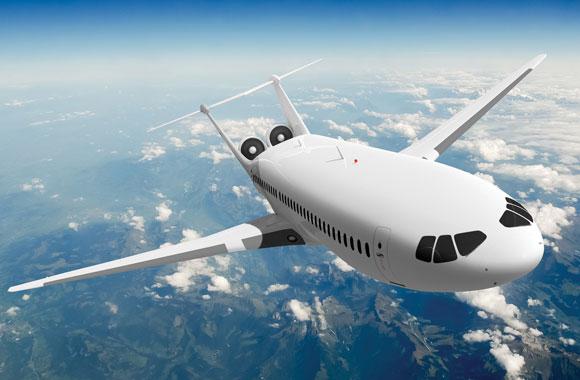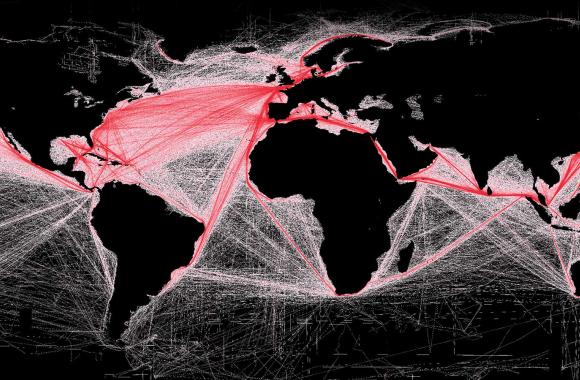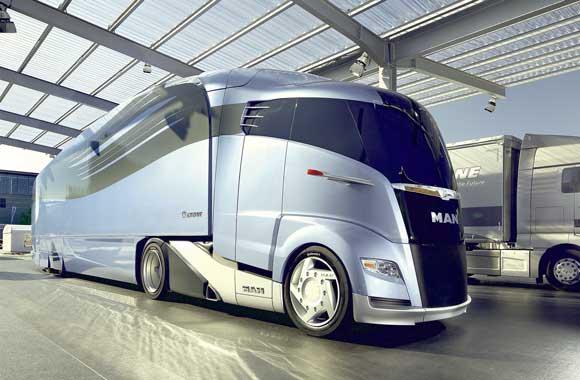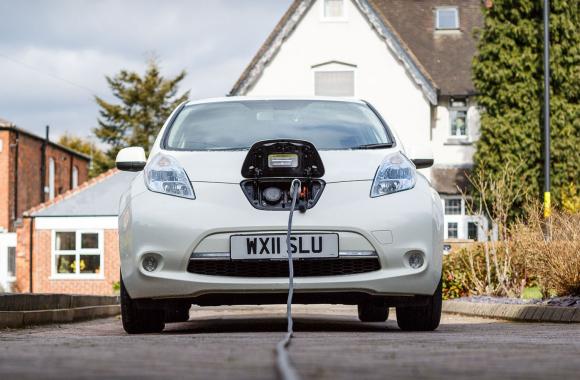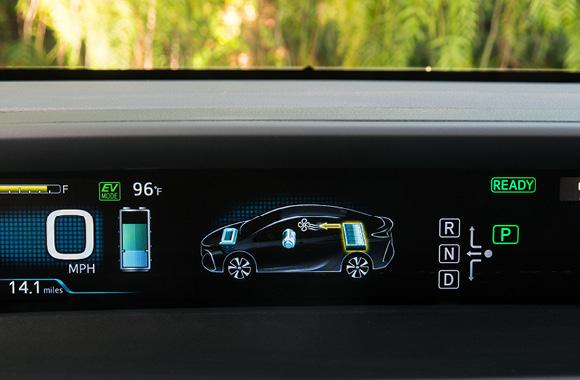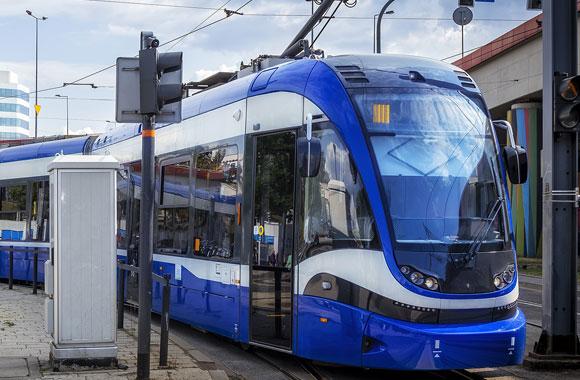Telepresence
Telepresence uses software- or hardware-based audiovisual technology to replace business aviation.
Reduced/Sequestered
2020–2050
To Implement
Operational Savings
Impact
Replacing more than 486–676 million business-related trips with telepresence by 2050 would avoid 2.64–4.43 gigatons of carbon dioxide equivalent emissions. For organizations, the investment of US$521.52–832.73 billion in telepresence systems pays off with US$1.73 –2.91 trillion worth of business travel savings and 107–143 billion fewer unproductive travel hours.
Introduction
By integrating a set of high-performance visual, audio, and network technologies and services, people who are geographically separated can interact in a way that captures many of the best aspects of an in-person experience.
When it is possible to exist and function remotely, travel becomes less necessary. In a world of global-business footprints and international collaboration, if people can work together without being in the same place, they can dodge a host of travel-related emissions.
Project Drawdown’s Telepresence solution involves the use of audiovisual technology (software-based, such as Zoom or Skype, or hardware-based, such as immersive rooms) to replace aviation for business trips.
The transport sector produced a combined 9.5 gigatons of carbon dioxide equivalent direct greenhouse gas emissions in 2018 and was responsible for approximately 23 percent of total energy-related carbon dioxide emissions (International Energy Agency, 2018).
Air transportation represents around 2.5 percent of global carbon dioxide equivalent emissions, at more than 700 million metric tons annually. Much of this is from business air travel.
Air travel over 1,500 kilometers has no practical alternative mode of transport. Since its introduction in the 1970s, telepresence has become an increasingly attractive tool for remote collaboration and business meetings. It is now an effective alternative to flying for business meetings.
Telepresence solutions include a variety of video systems, such as high-end immersive telepresence, multipurpose-room systems, desktop systems, videophones, and cloud-based software systems. The global market for such solutions has grown significantly beginning in 2021, with a tendency to move from high-end hardware systems to cloud-based and software-centric systems. The first two months of the COVID pandemic saw an increase of 500 percent for videoconferencing (including telecommuting, which is not included in this solution). Due to the effectiveness of teleconferencing, 31 percent of business travelers will reduce traveling for business (Oliver Wyman, 2020).
Methodology
This study models several adoption scenarios over 2020–2050, and compares telepresence adoption to air travel.
Total Addressable Market
We used global projections in air business travel in passenger-kilometers to arrive at the total addressable market. We based current adoption on the total number of active videoconferencing users using hardware-based (e.g., immersive videoconferencing rooms) and software-based (e.g., Skype or Zoom) installations. We projected future growth by fitting Bass diffusion curves to the 2050 estimates of the percent of business air trips that may be replaced by telepresence.
Adoption Scenarios
We calculated impacts of increased adoption of the Telepresence solution from 2020 to 2050 by comparing two scenarios with a reference scenario in which telepresence usage grows at the same rate as the business air travel market.
- Scenario 1: Using the average of the sources, we estimate adoption in 2050 to be 21 percent of global air business travel.
- Scenario 2: Adoption in 2050 is 29 percent of global air business travel, the maximum of the sources.
Emissions Model
We used emissions data from the International Council on Clean Transportation (ICCT) to ensure alignment with other solution models. Emissions from telepresence come mainly from grid usage (also weighted by system type) and indirect emissions from production.
Financial Model
We averaged the costs for adoption of telepresence by the market shares of each system type, including hardware-based and software-based systems. We normalized these costs for the estimated number of users each system type may have, and applied a learning rate of 15 percent. This rate was based on the assumption that most of the installation costs would come from upgrading network connectivity to be able to provide the quality needed. We used the cost of a 100 Mbps Fast Ethernet LAN card as a proxy for the first cost of adoption. We used price data from the US Federal Reserve Bank of San Francisco to estimate the learning rate.
The conventional alternative of air travel has no first costs, but we took the operating costs as the cost per passenger-kilometer of business travel. We based the average short-haul and long-haul trip distance on the most popular global business travel routes. We used these trip lengths to normalize the trip costs per passenger-kilometer. We estimated the operating cost for telepresence systems from broadband internet costs and maintenance.
Integration
This solution is relatively independent from the others, so integration required few adjustments. Total demand did not exceed predicted non-urban travel. The additional demand on the electricity grid resulting from the growth of telepresence was accounted for in the integrated total market for electricity. To avoid double-counting emissions benefits, the results for the Telepresence solution do not reflect the increasingly cleaner grid; instead, the additional emissions benefits are accounted for directly in the supply-side energy solutions.
Results
Scenario 1 reduced carbon dioxide-equivalent emissions by 2.64 gigatons with a net first cost of US$521.52 billion and US$1.73 trillion in lifetime net operational savings.
Scenario 2 avoided 4.43 gigatons of greenhouse gas emissions with a net first cost of US$832.73 and US$ 2.91 trillion in lifetime net operational savings.
Discussion
Implicit in these aggressive growth projections is the assumption that telepresence quality can be high enough to allow the kind of business interaction that face-to-face meetings allow. For very important meetings, subtle cues and communication are key; currently, much of this nonverbal communication is lost in videoconferencing.
Virtual reality and augmented reality can potentially improve the quality of electronic communication; with the rapid advances observed in the market, it is likely that the kinds of adoption we model here are possible. However, they will require commitment from top management, resource support, and clear company policies on travel reduction.
Considering that the financial results shown can be attractive to companies—even more so if the reduction in unproductive travel hours is included—investing in enterprise-wide videoconferencing solutions is one of the most cost-effective ways for companies to both cut carbon emissions and improve employee productivity.
References
International Energy Agency (2018). Statistics: CO2 Emissions from Fuel Combustion Highlights. http://www.indiaenvironmentportal.org.in/files/file/CO2_Emissions_from_Fuel_Combustion_2018_Highlights.pdf
Oliver Wyman. (2020). Anticipating The Travel Recovery. https://www.oliverwyman.com/our-expertise/insights/2020/oct/anticipating-the-travel-recovery.html
What You Can Do
Invest in tools and training that enable your employees to replace at least some travel with remote connections.
If you're involved in meeting planning, provide remote or hybrid options and encourage attendees to consider their climate impact when deciding how to participate.
- Expand your knowledge by exploring another Drawdown solution.
Co-benefits
Remote working reduces travel time and inconvenience for workers and and travel expenses for employers.




